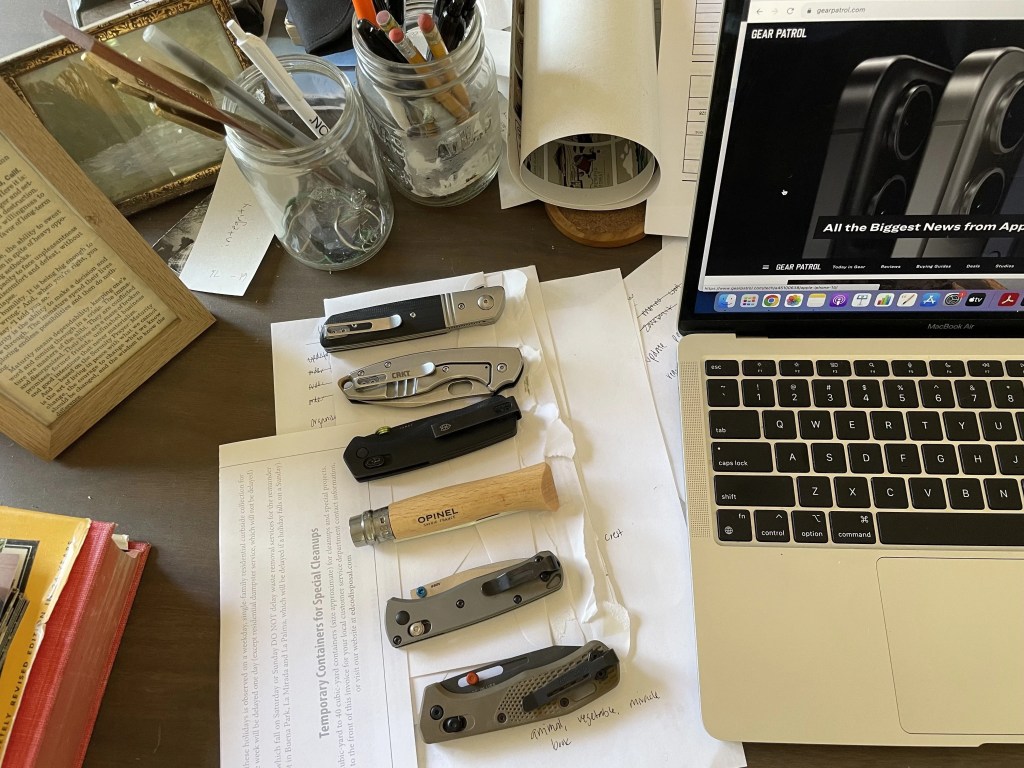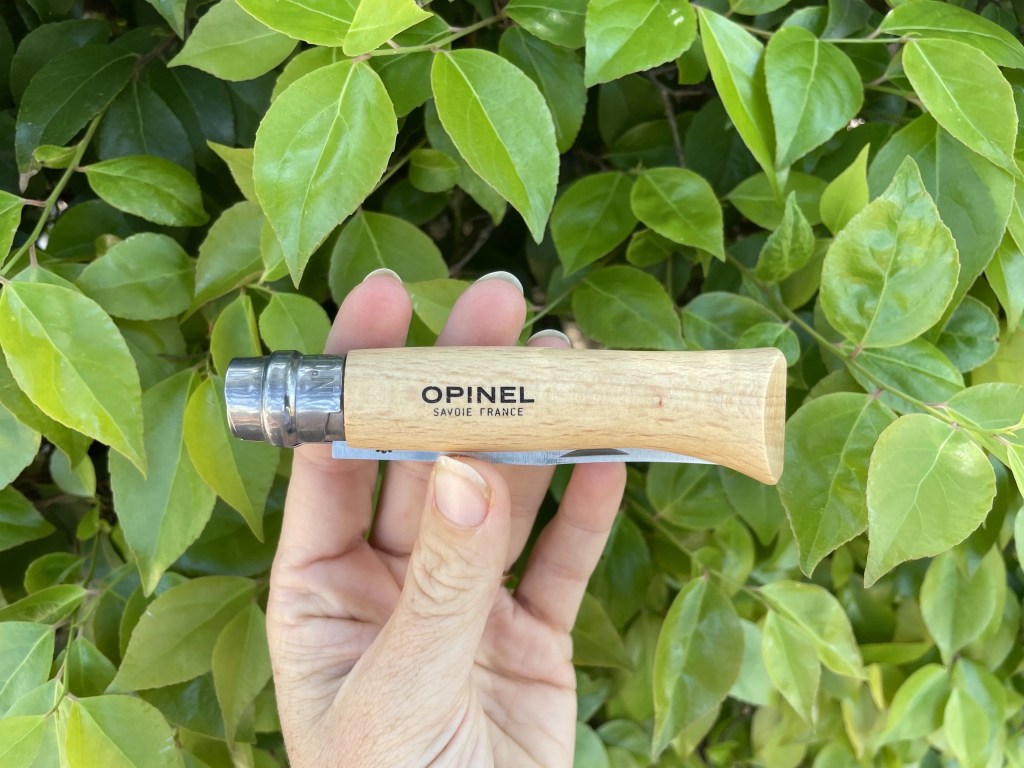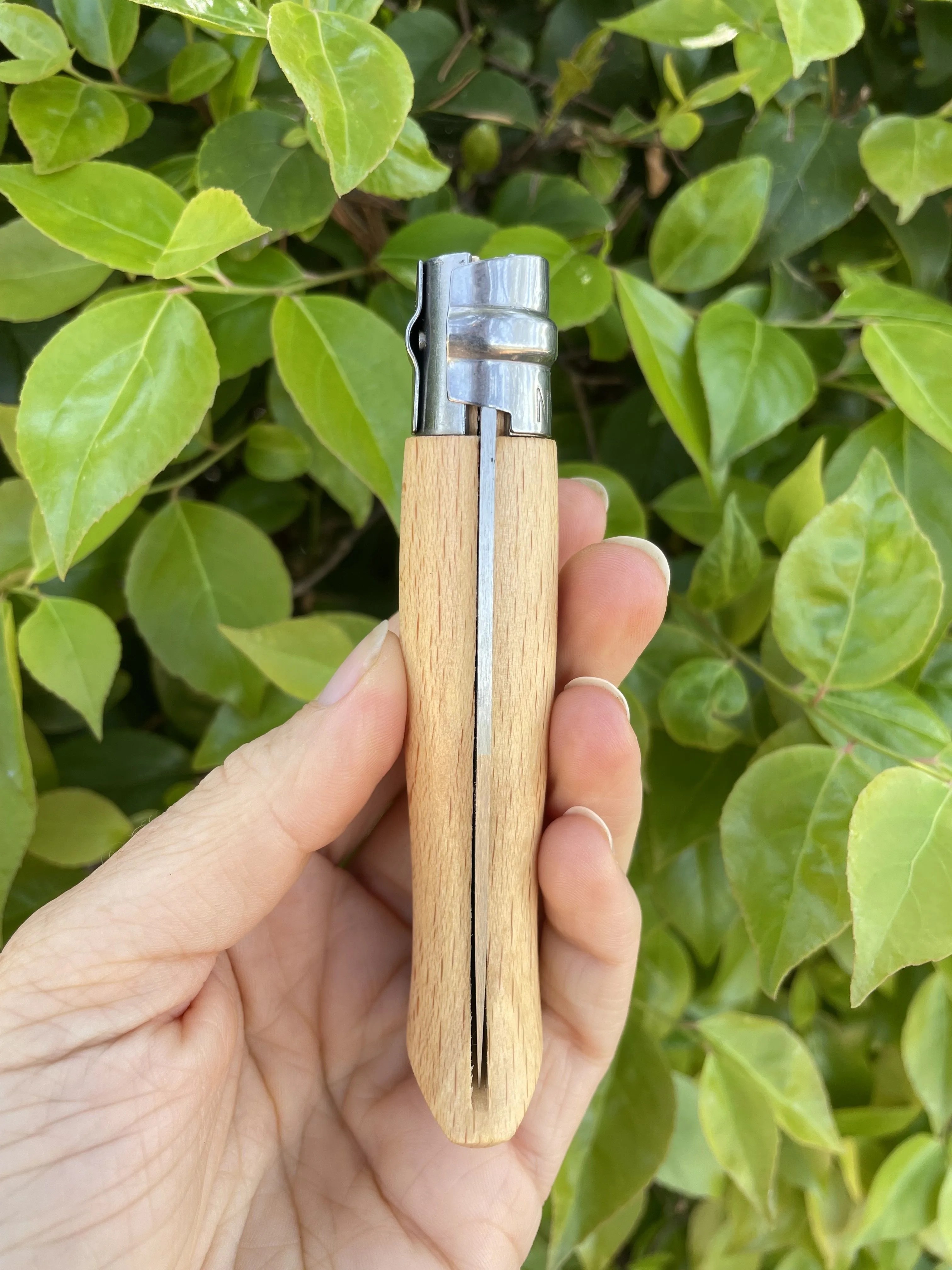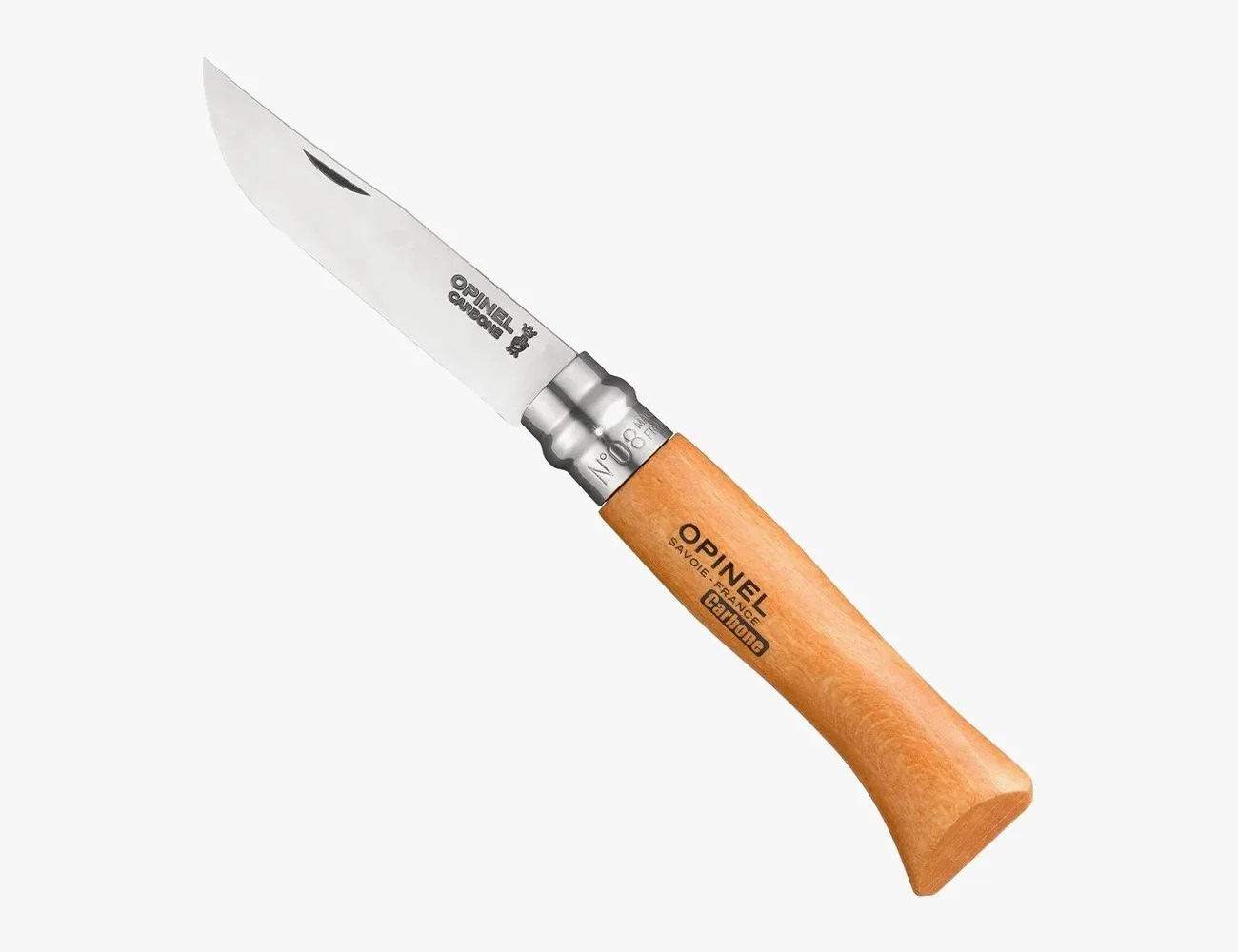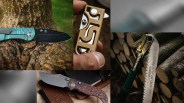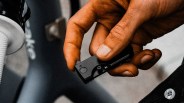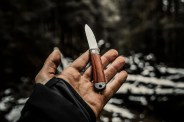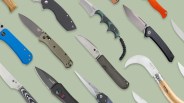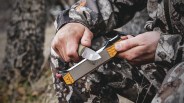Good design stands the test of time. This is true of any item — whether it’s the Eames recliner, the iPhone, a pair of Levis 501s or the Opinel No. 8 folding pocket knife. A few themes run through each of these products: beauty in simplicity, enduring materials and usefulness. Something can look beautiful and have mediocre functionality — and conversely, an item can function superbly but be, well, ugly.
What sets apart an item that’s timeless is the delicate balancing act of form and function — and the Opinel No. 8 delivers a masterclass in this area. Let’s dive into why this iconic product has endured, a beloved fixture in the world of knives and EDC to this day.
Opinel No. 8 ORIGIN STORY
If you visited France in 1890, you could have brought home an Opinel — that’s the year Joseph Opinel founded his eponymous brand in the town of Savoie, some 400 miles southeast of Paris, deep in the French Alps. By 1897, Opinel was offering elegant, utilitarian blades in 12 sizes (numbered 1–12), and well over a century later, the company sells 6 million knives per year worldwide.
While the brand is arguably more famous for its kitchen cutlery, its history is deeply rooted in pocket knives — and over the years its folding knives have developed and maintained a cult following all their own. No. 1 and No. 11 have been discontinued, but Opinel continues to manufacture and produce each of the other sizes. Even amongst the pack, there’s one that stands out from the rest.
What Makes the Opinel No. 8 Special?

As the most popular size of Opinel’s iconic folding knife, the lightweight No. 8 folding knife appeals to a wide range of outdoor enthusiasts: Glampers like it casual good looks. Hikers like its versatility. Camp chefs like its ultra-sharp blade and repeat sharpen-ability. And everyone likes the sub-$20 pricepoint.

